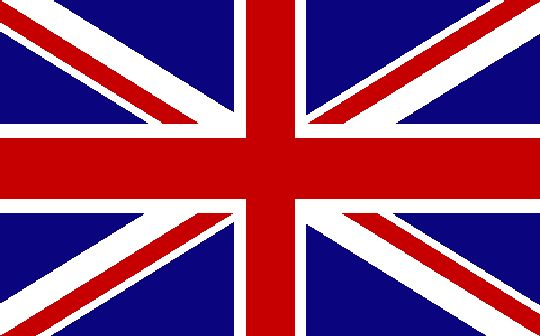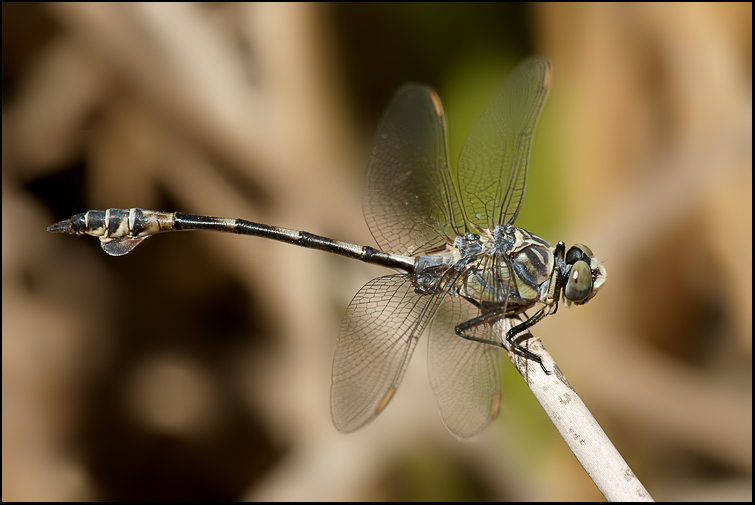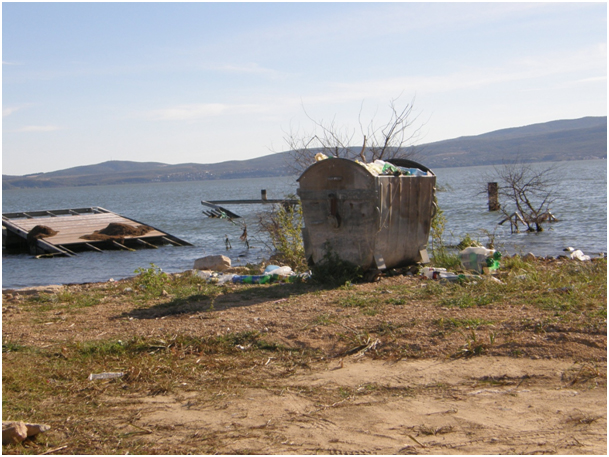Seedrache
© Clemens M. Brandstetter
 (from Boudot & al. 2009:122): The main distributional range of Lindenia tetraphylla is the eastern Mediterranean and the Middle East. The species shows strong tendencies to migrate and seems to have relatively few strong populations. Many records probably refer to temporary populations or wandering specimens. There is little information on the recent status of the species in the Middle East. At least the populations of the Jordan Valley are at risk if still in existence, as the last non-migrating record was taken in 1955. Several strong populations are known from the countries of the former Yougoslavia, Albania, Greece and Turkey. Recent records, some of which are based on exuviae, are also available from continental Italy and Sardinia. It is not clear if these records refer to temporary or to lasting populations. The species is rare in North Africa and was not seen in the Maghreb for over a century. However, it was found in Tunisia in 2000 and 2002 and seems to be established there. The threat status of this species is difficult to assess as may records might only refer to vagrants. In several localities, which were known to hold viable populations, water pollution and the increased demand for water has resulted in a decrease of habitats and in some cases in the loss of the population. Example of this are the Koronia lake in northern Greece and the Stimfalia lake in the Peloponnese, which were found almost dry during July 2008.
(from Boudot & al. 2009:122): The main distributional range of Lindenia tetraphylla is the eastern Mediterranean and the Middle East. The species shows strong tendencies to migrate and seems to have relatively few strong populations. Many records probably refer to temporary populations or wandering specimens. There is little information on the recent status of the species in the Middle East. At least the populations of the Jordan Valley are at risk if still in existence, as the last non-migrating record was taken in 1955. Several strong populations are known from the countries of the former Yougoslavia, Albania, Greece and Turkey. Recent records, some of which are based on exuviae, are also available from continental Italy and Sardinia. It is not clear if these records refer to temporary or to lasting populations. The species is rare in North Africa and was not seen in the Maghreb for over a century. However, it was found in Tunisia in 2000 and 2002 and seems to be established there. The threat status of this species is difficult to assess as may records might only refer to vagrants. In several localities, which were known to hold viable populations, water pollution and the increased demand for water has resulted in a decrease of habitats and in some cases in the loss of the population. Example of this are the Koronia lake in northern Greece and the Stimfalia lake in the Peloponnese, which were found almost dry during July 2008.
 testo della "Direttiva Habitat” (2,4/M)
testo della "Direttiva Habitat” (2,4/M)
Sistematica ed identificazione
E’ il più grande Gomphidae europeo, raggiungendo i 72 mm di lunghezza. E’ l’unica specie della famiglia in cui le ali siano provviste di una grossa cellula discoidale. Inoltre le venature delle ali posteriori che partono dal margine inferiore sono interrotte e la porzione prossimale dell’ala presenta una pigmentazione brunastra. Infine l’addome porta due espansioni fogliacee. Nel maschio il paracerco, appendice che serve per trattenere la femmina durante l’accoppiamento, è molto breve e biforcato. Ha colorazione generale olivastra e nera.
Habitat, ecologia e biologia
E’ una delle poche specie di libellula europee strettamente legate ai bacini lacustri. In particolare in Italia appare legata ai bacini litoranei. Gli adulti occupano le sponde con poca o senza vegetazione, con fasce di canneto, ma senza vegetazione galleggiante. Le femmine stazionano nelle zone cespugliose nei pressi della riva, mentre i maschi difendono territori di 30-50 m. Quando le femmine compaiono nei territori dei maschi, avviene l’accoppiamento e poi la deposizione delle uova da parte della femmina, con modalità che non sono note. L’ecologia delle ninfe è ancora ampiamente sconosciuta; esse sembrano comunque preferire il sottile strato di detrito sul fondo, in acque poco profonde e relativamente calde. Il periodo di maturazione degli adulti è molto lungo e si svolge a distanze considerevoli dai siti riproduttivi, mentre il periodo di volo va da giugno a ottobre.
Fattori di minaccia
Il forte declino riscontrato, in particolare in Italia, sembra essere dovuto alla regimazione idraulica dei corsi d’acqua, all’alterazione delle sponde e agli effetti sui bacini lacustri di inquinanti e fertilizzanti. Tuttavia è una specie con capacità di colonizzare o ricolonizzare gli habitat dopo periodi sfavorevoli.
Distribuzione
Specie circumediterranea, distribuita nella Penisola Iberica, in Italia, nei Balcani, in Algeria e in parte del Medio Oriente, fino all’Afganistan e al Pakistan e dal Nord Africa all’Oman. In Europa occidentale è nota in una sola stazione spagnola, in poche località italiane del versante tirrenico, con segnalazioni di origine recenti solo per Toscana, Campania e Sardegna.
 Società italiana per lo studio e la conservazione delle libellule.
Società italiana per lo studio e la conservazione delle libellule.
Der Seedrache, Lindenia tetraphylla (Vander Linden 1825), bewohnt grössere mit Schilf bestandene Seen; die Art wandert. Die Art kommt ostwärts über Arabien (Feulner & al. 2007) bis Kirgisistan vor, wo wandernde Exemplarenoch in 2.700 Meter Höhe beobachtet werden konnten (Schröter 2010).

Männchen in der Nähe eines Sees in der Provinz Grosseto, Italien – Foto: Stefano Faggioli.

Umweltsch(m)utz am Doiransee, Griechenland. – Foto: P. L. Reischütz.
Literatur:
Boudot J.-P., V. J. Kalkman, M. Amorín, T. Bogdanović, A. Rivera,G. Degabriele, J.L. Dommanget, S. Ferreira, B. Garrigós, M. Jović, M. Kotarac, W. Lopau, M. Marinov, N. Mihoković, E. Riservato, B. Samraoui & W. Schneider 2009: Atlas of the Odonata of the Mediterranean and North Africa. – Libellula Supplement 9:1-256.
Feulner G.R., Reimer R.W. & Hornby R.J. 2007: An Updated illustrated Checklist of the Damselflies & Dragonflies of the UAE. Tribulus, Volume 17: 37 – 62.
Schröter A. 2010: The Odonata of Kyrgyzstan, part I – Critical national checklist, annotated list of records and collected data of the summer half-years 2008 and 2009. – International Dragonfly Fund – Report 28 (2010): 1-72.
Vander Linden P.L. 1825: Monographiae Libellulinarum Specimen. – Bruxelles, Frank: 42 pp.
